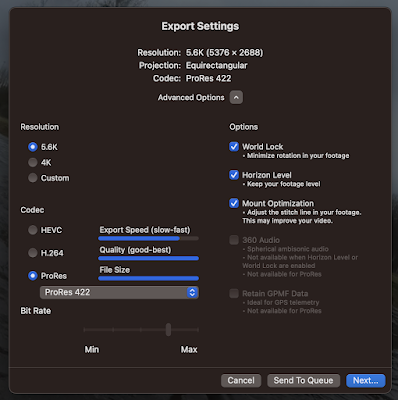"Give Us Your Data To Save the World! discuss"
We need a process to make both public and private data transparent and available for researchers and firms to use.
The motions are to take positions for or against legislating for organisations to have access to public and private data to "save the world."
Goal
Data mining is possible, who benefits, who loses? What are the benefits versus the risks of bringing different data sets together. To assess the value versus the cost of making public and private data available to all.
Instructions
Two groups (red-against, blue-for) will present an analysis and then debate the merits of their different positions, involving the whole class in the closing stages.
The readings given for initial investigation are listed below. We strongly encourage the use of additional secondary sources and providing examples as evidence supporting arguments.
Readings
- Hey, T. "The Next Scientific Revolution: How data mashups can help save the world," Harvard Business Review), November 2010 2010, pp 56-63.
- Give us back our crown jewels (www.guardian.co.uk) Thursday 9 March 2006



